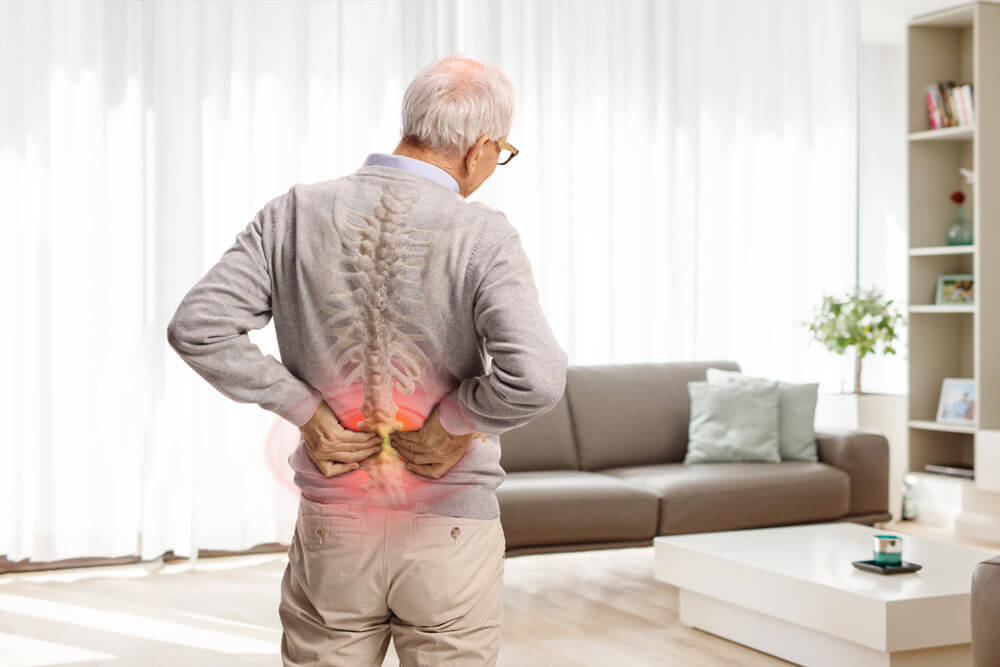Spinal stenosis is characterized by the narrowing of the spinal canal, leading to pressure on the spinal cord and nerves. Common symptoms include pain, numbness, tingling, and weakness in the legs or arms, often exacerbated by standing or walking. This condition can significantly impact daily life, making activities like walking or sitting for extended periods challenging. Many individuals may experience a reduced ability to engage in hobbies, work, or exercise, which can lead to frustration, anxiety, and a diminished quality of life. Managing these symptoms often requires a combination of medical treatment, physical therapy, and lifestyle adjustments.
Physical therapy can be an effective approach to alleviating the symptoms of spinal stenosis and enhancing overall function. Through targeted exercises, a physical therapist can help strengthen the muscles supporting the spine, improve flexibility, and enhance posture, all of which can alleviate pressure on the spinal cord and nerves. Manual therapy techniques may also be used to reduce pain and increase mobility. Additionally, education on body mechanics and proper movement patterns can empower individuals to perform daily activities more safely and comfortably. By fostering a tailored rehabilitation plan, physical therapy not only addresses pain relief but also promotes long-term functional improvements, allowing individuals to regain independence and improve their quality of life.
Call Respire Physical Therapy at the Annandale Location (571-369-6728) or the Falls Church Location (703-671-1871) or click here to schedule an appointment with one of our skilled Physical Therapists to understand how to better manage your symptoms and improve your quality of life! 
Tags: annandaleva, Low Back Pain, painfreeliving, health blog, choosept, movementismedicine, arlingtonva, pt education, alexandriava, evidence based practice, springfieldva, spinal stenosis, Physical Therapy, fallschurchva, Respire Physical Therapy, ptworks, Back pain, physical therapist, fairfaxva



